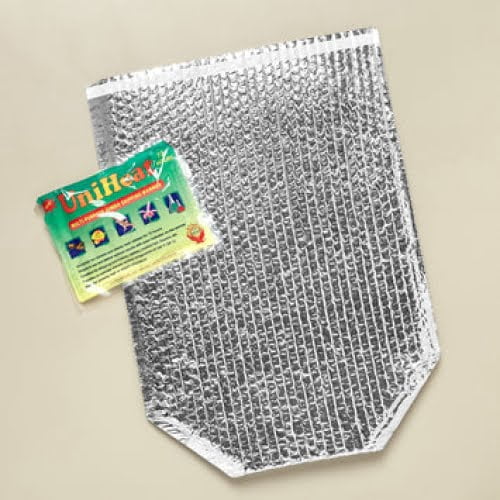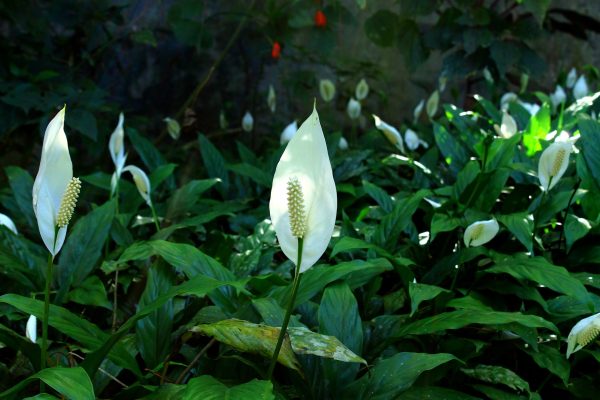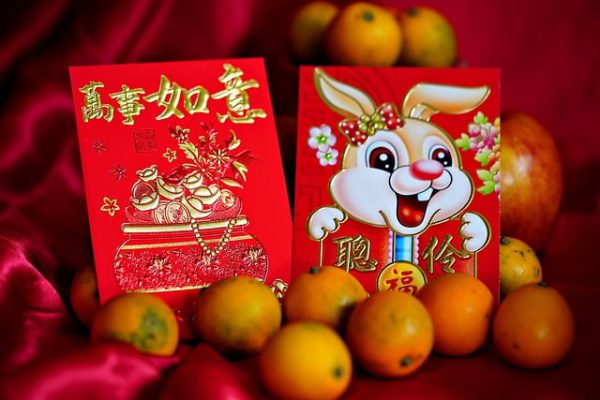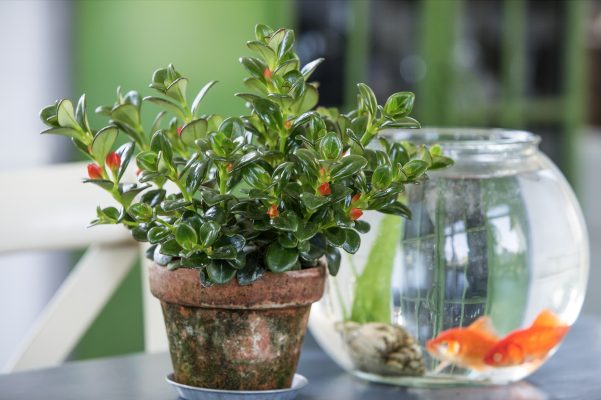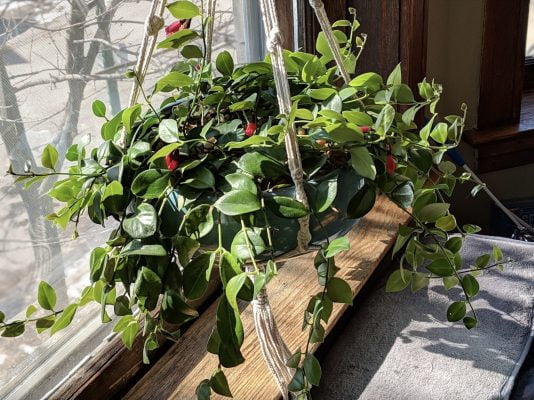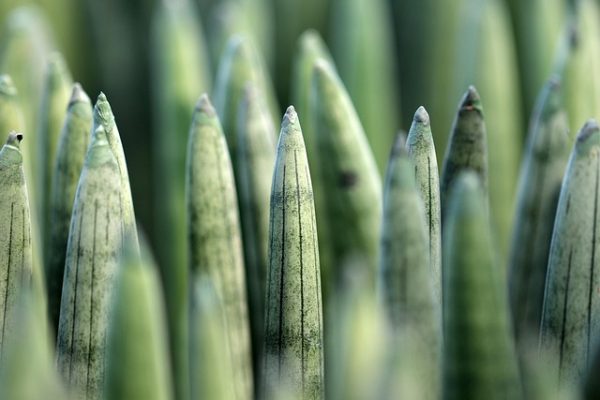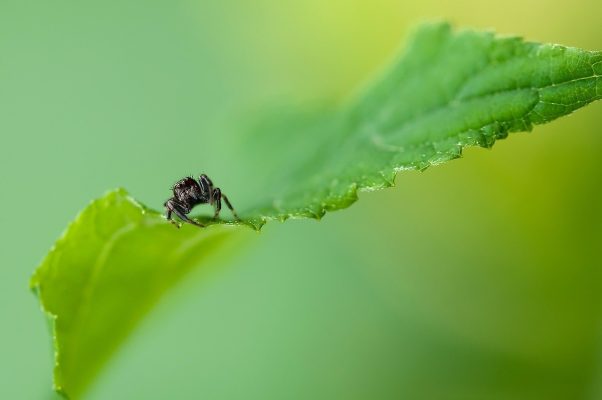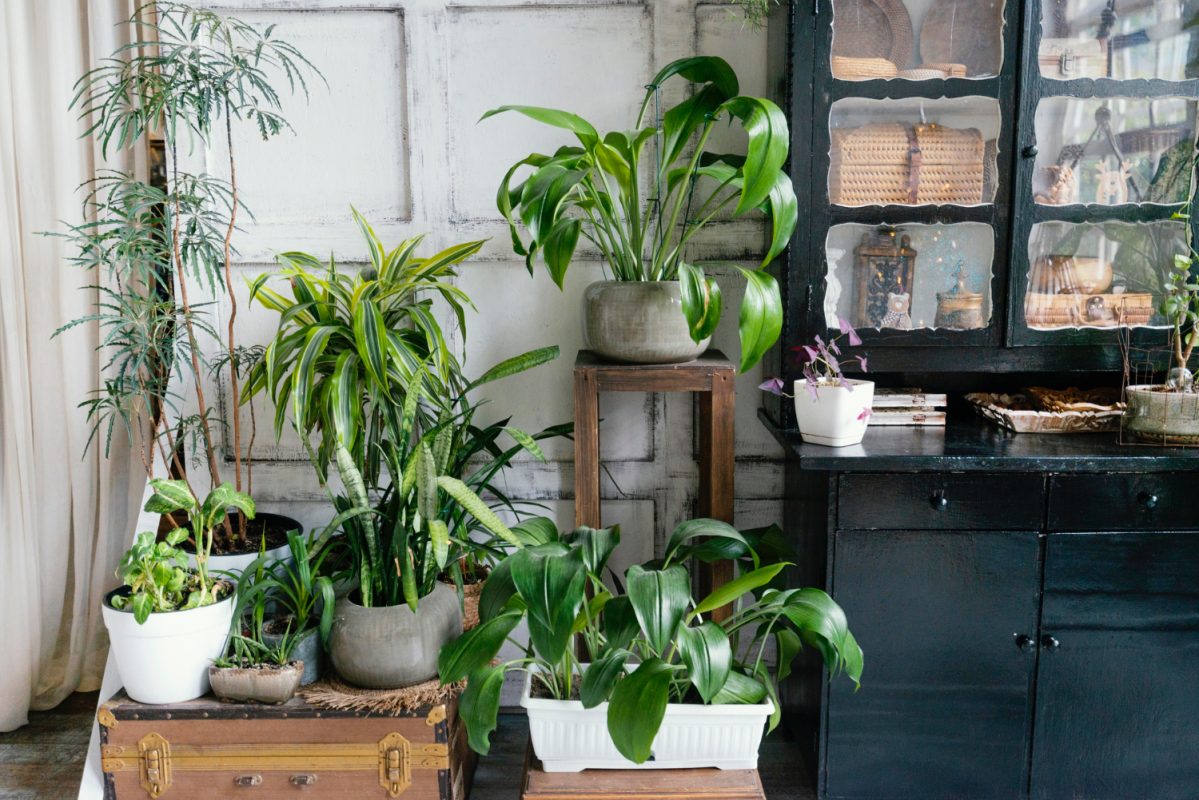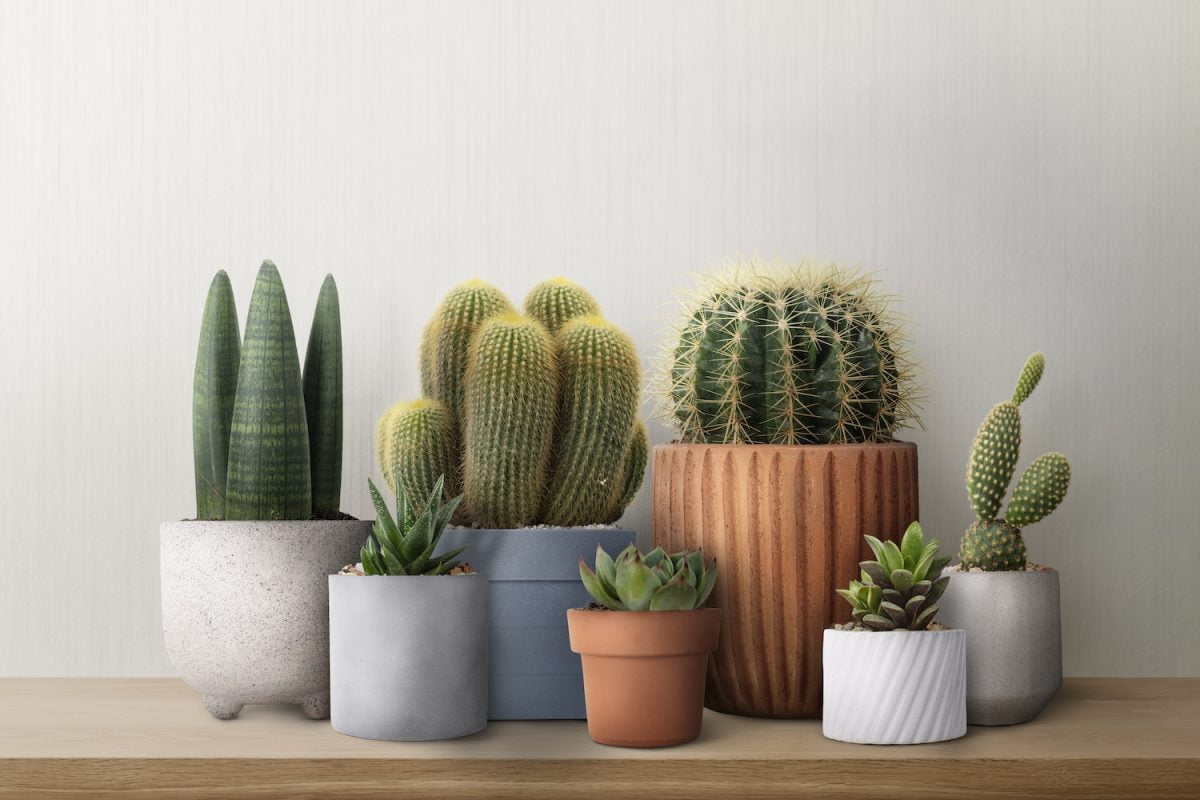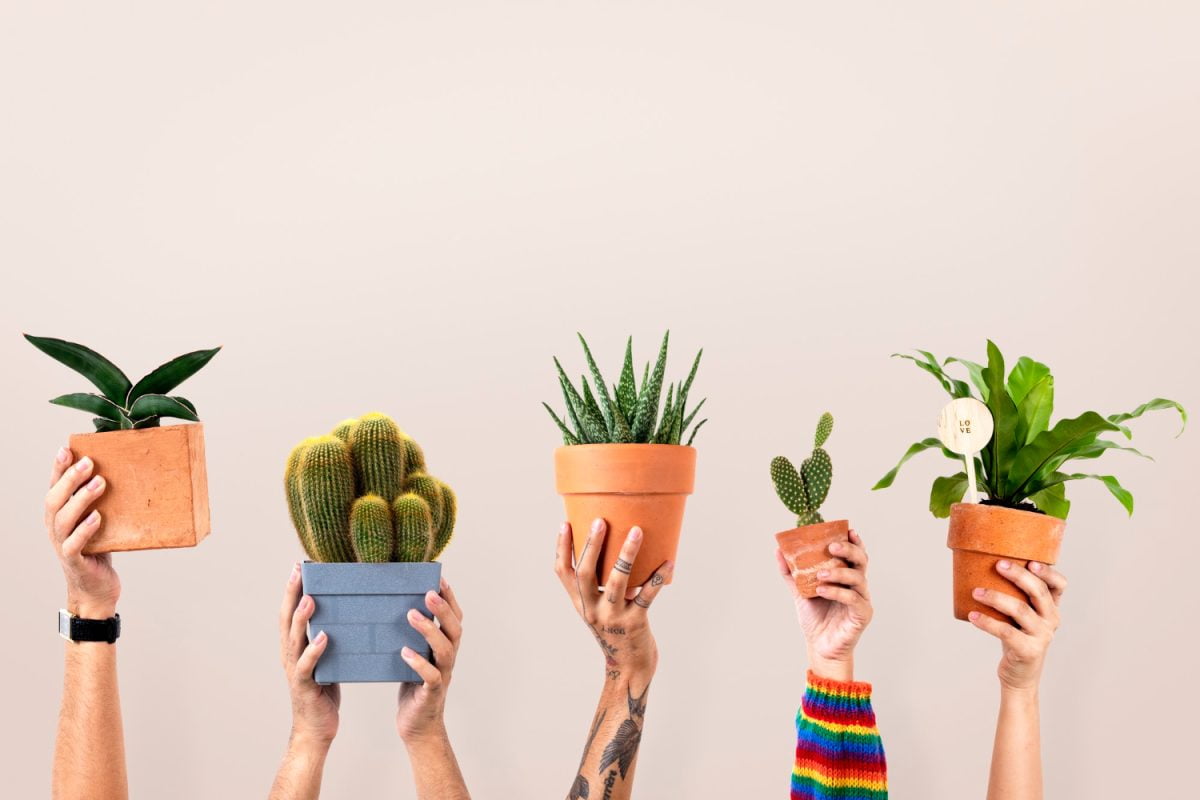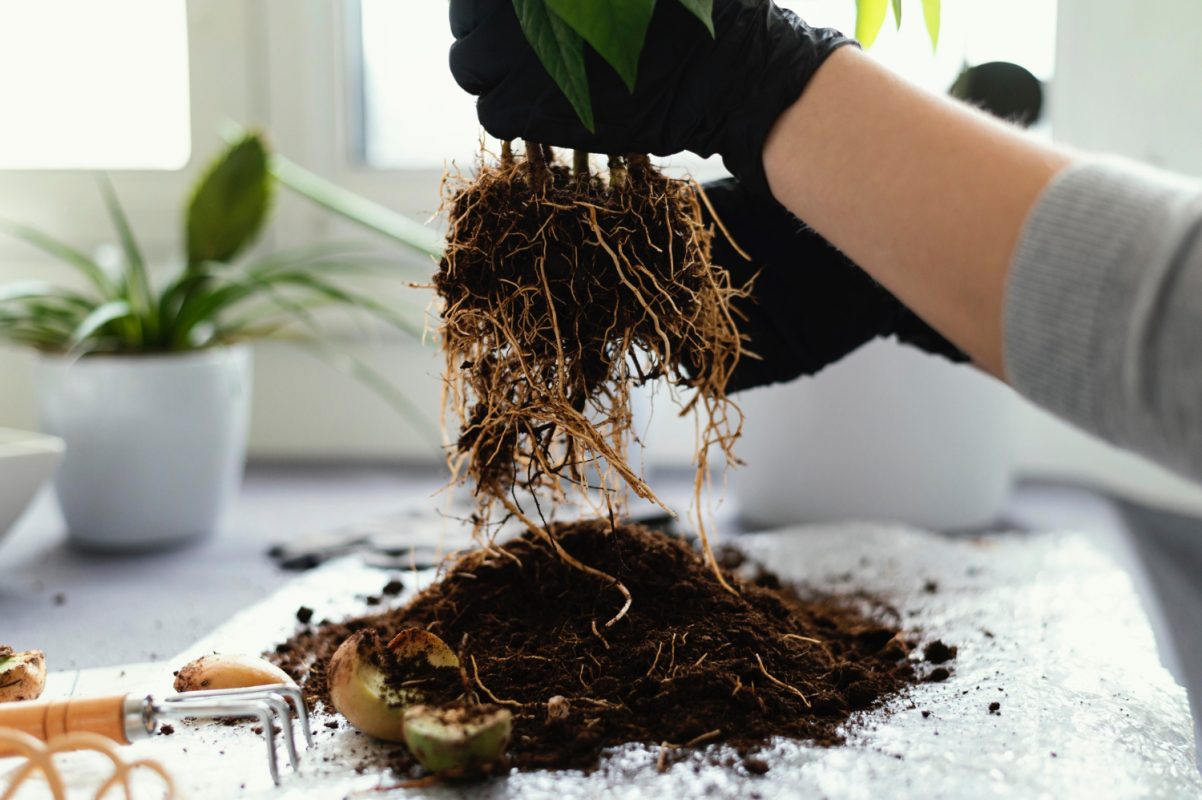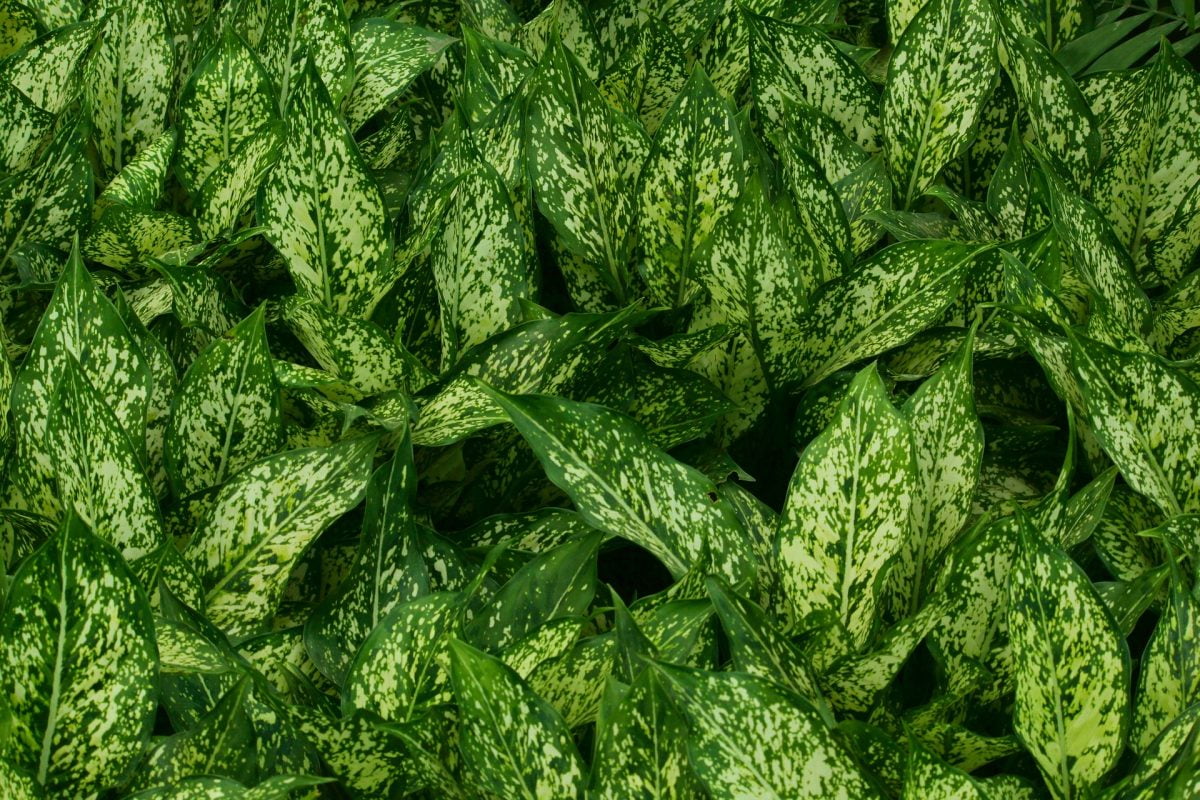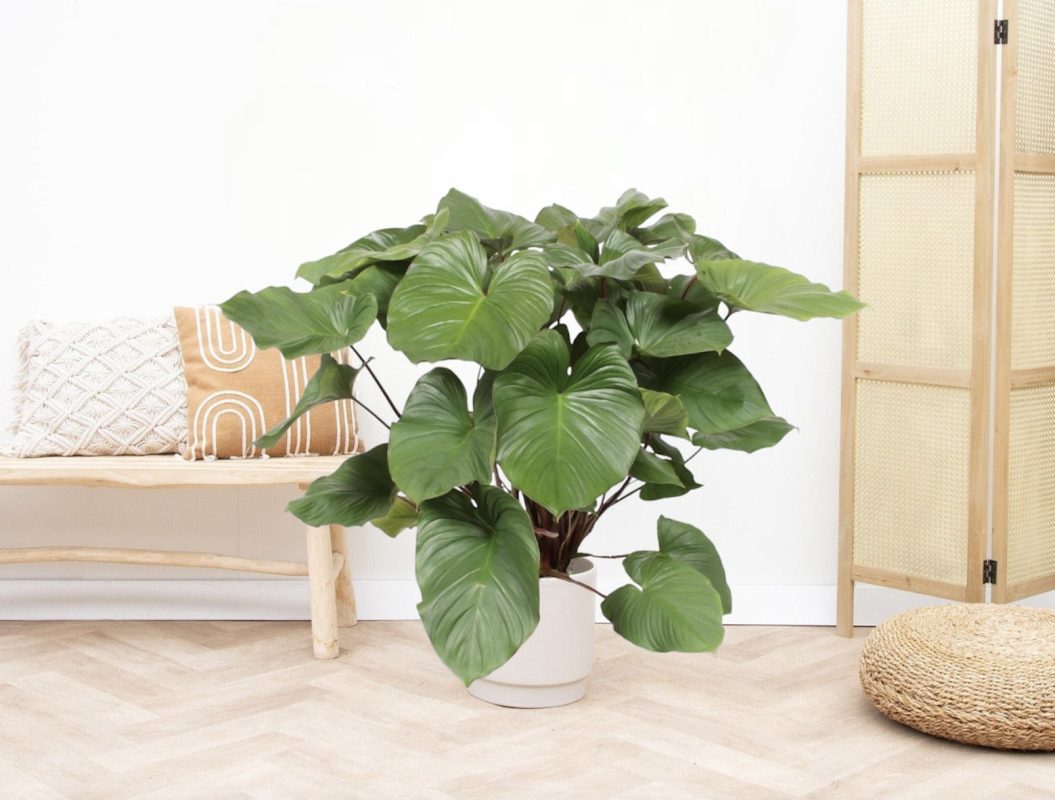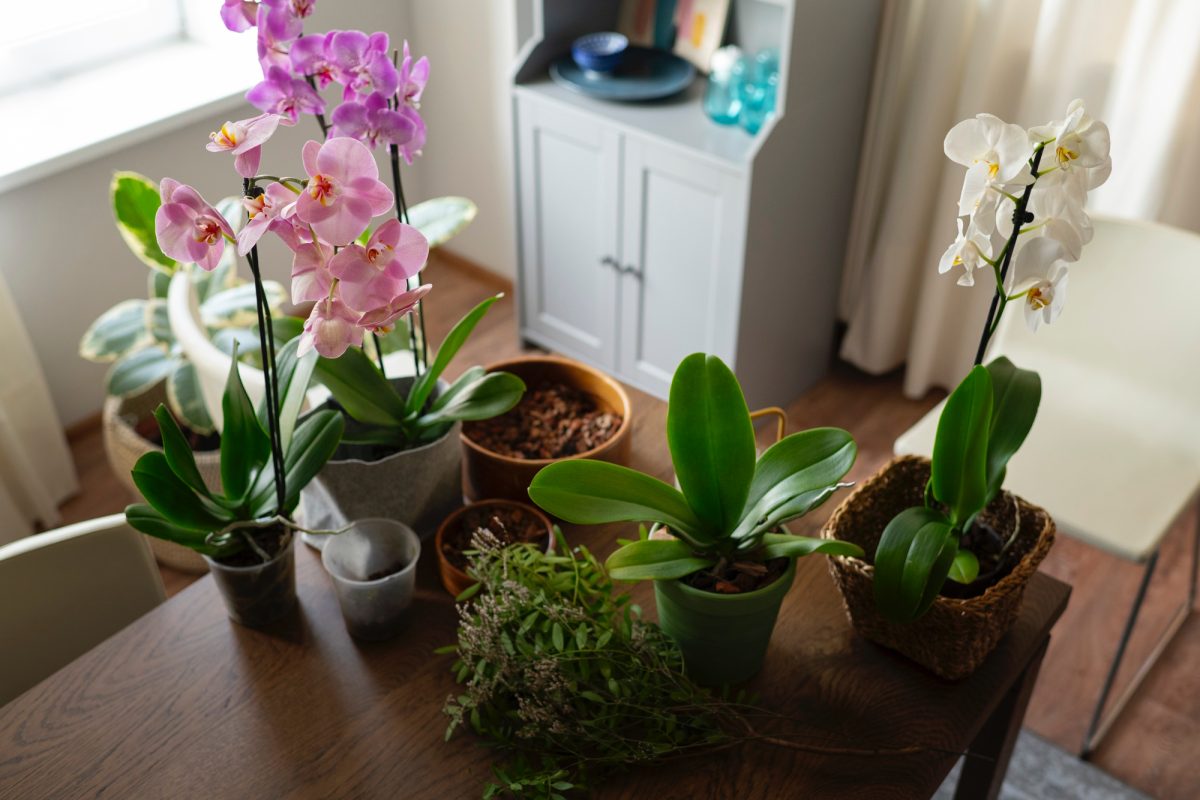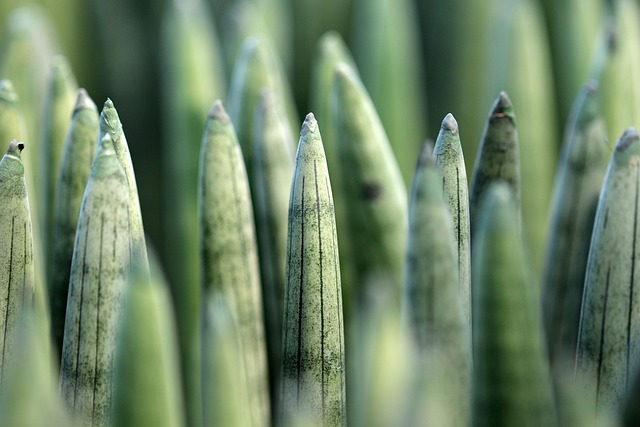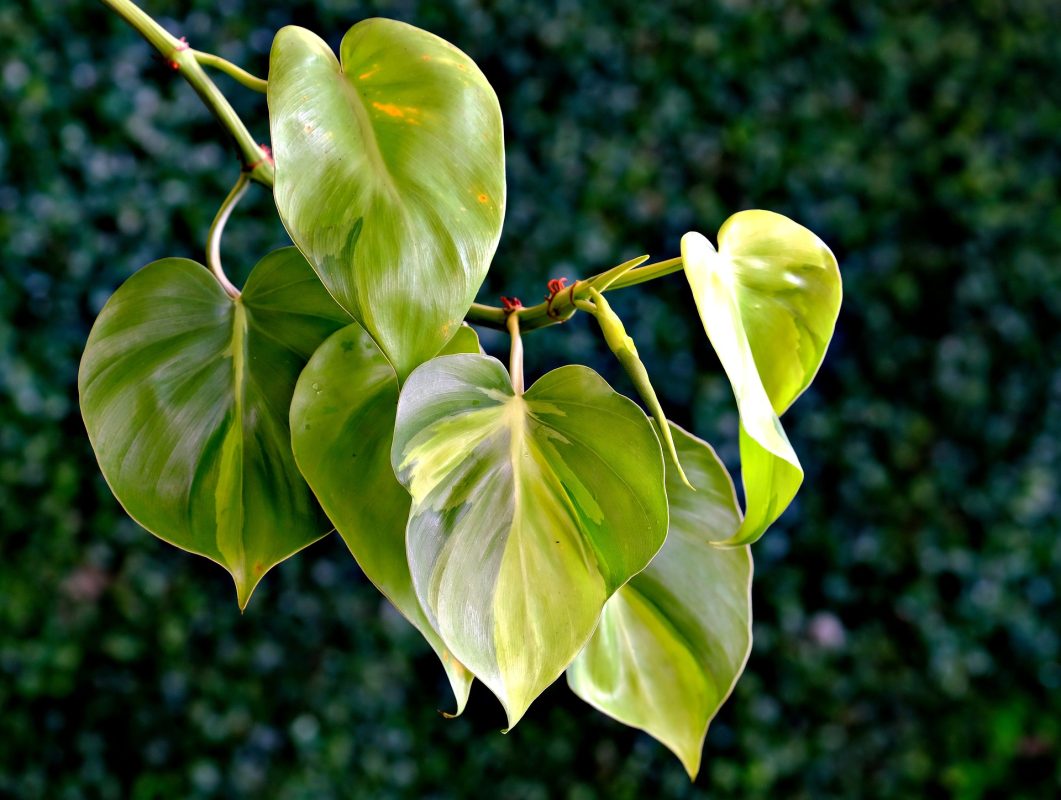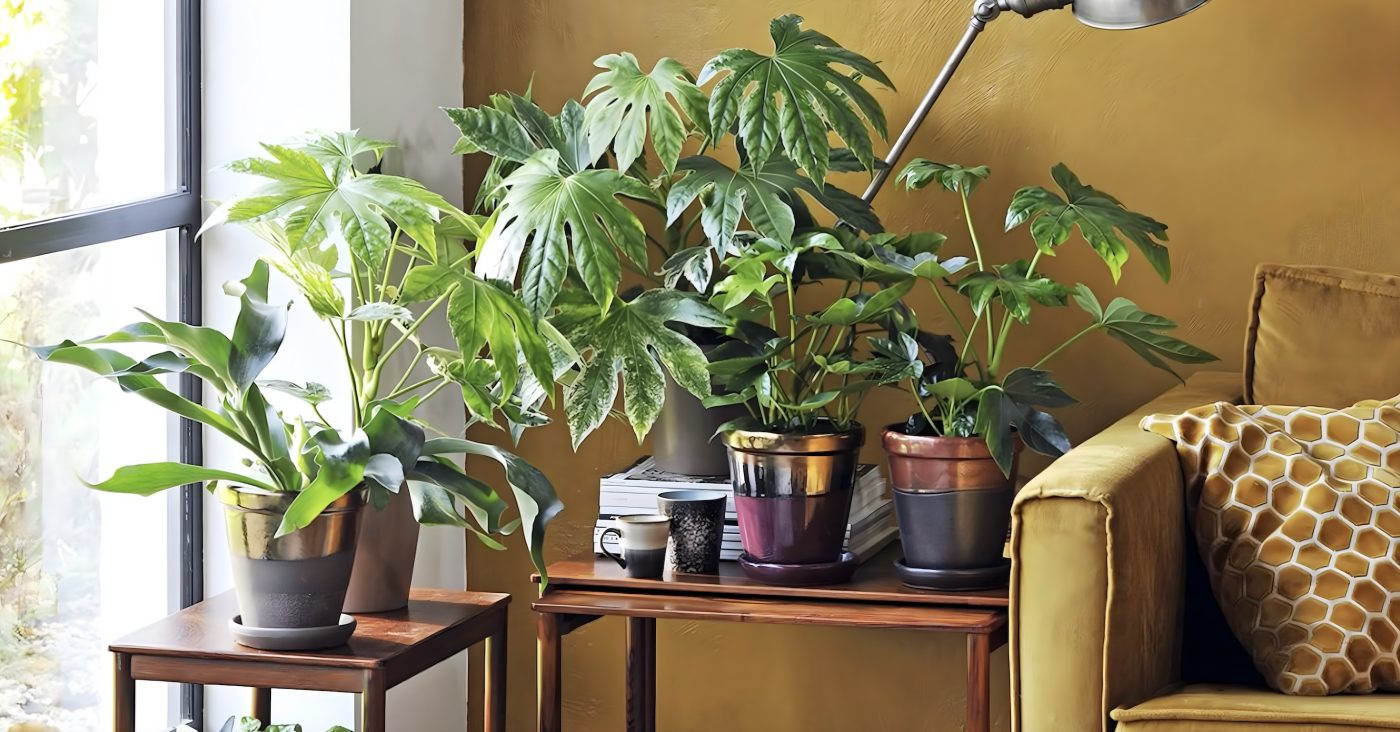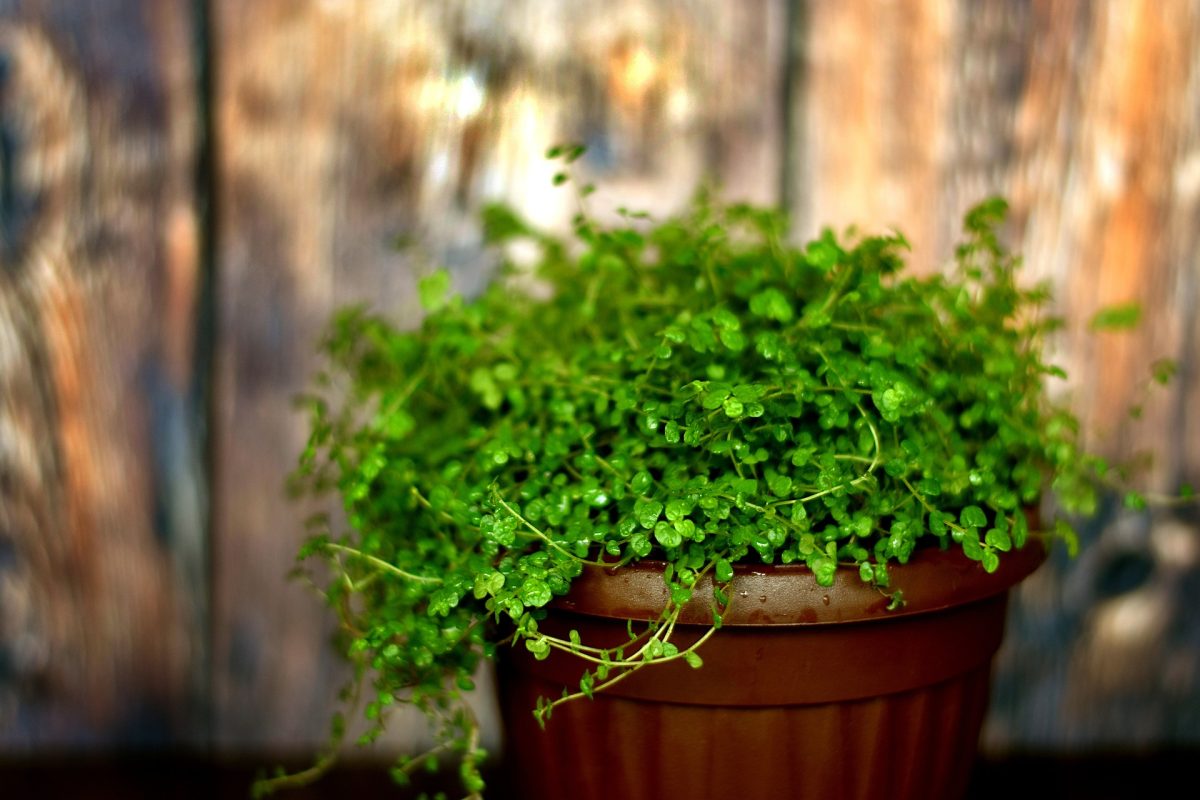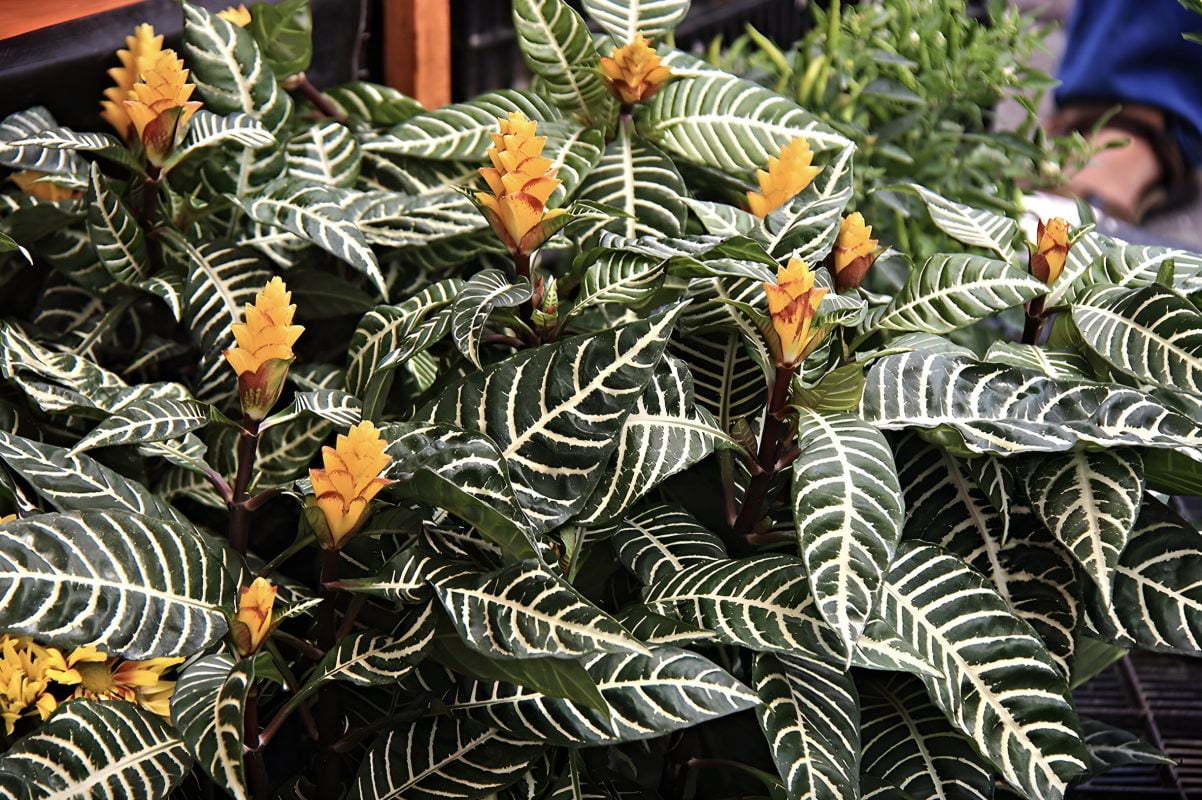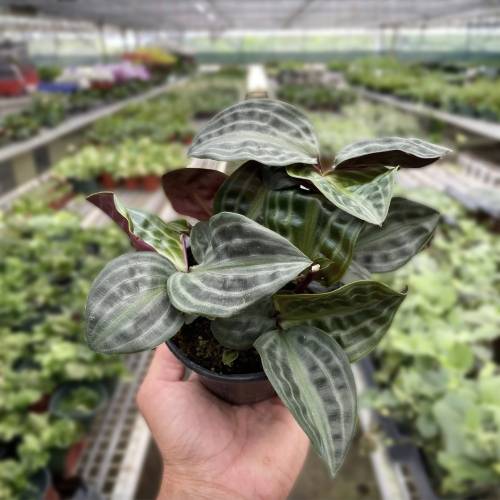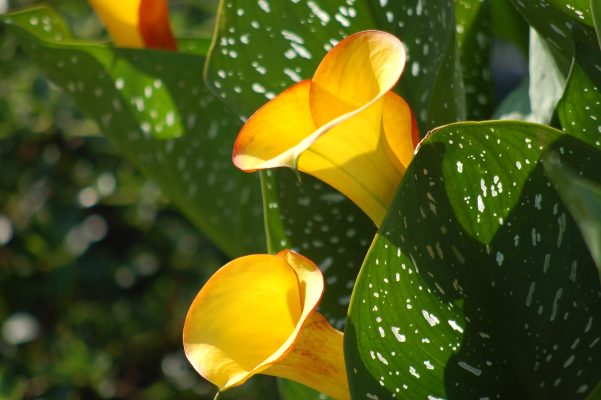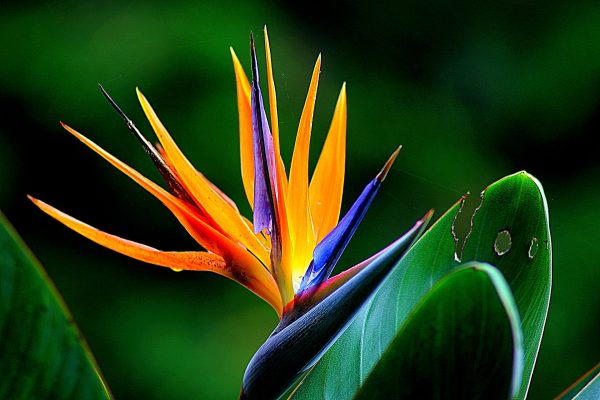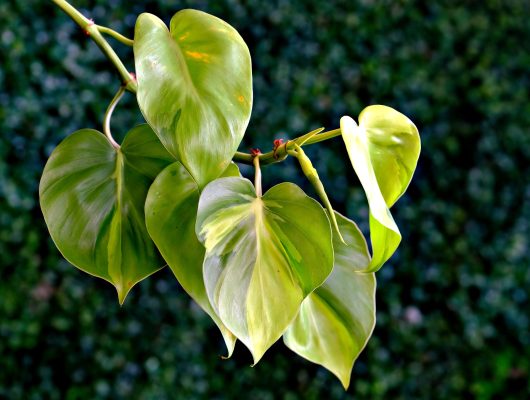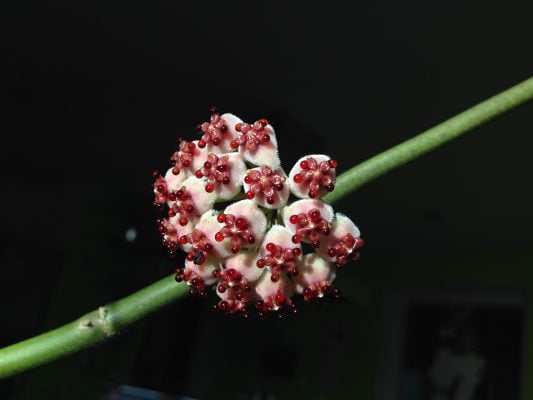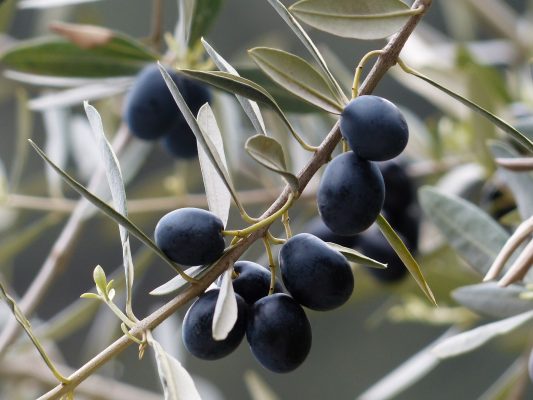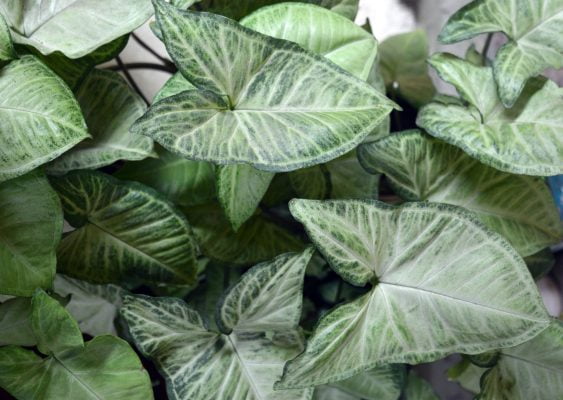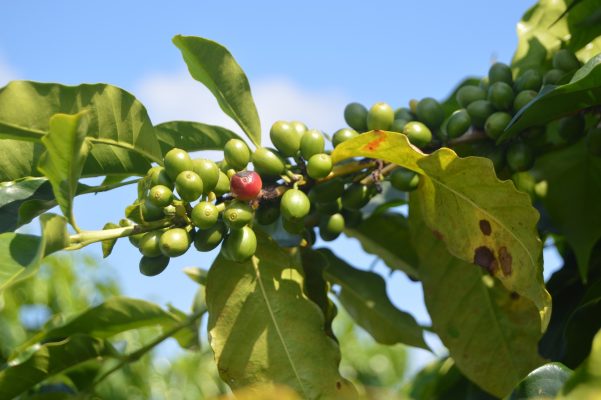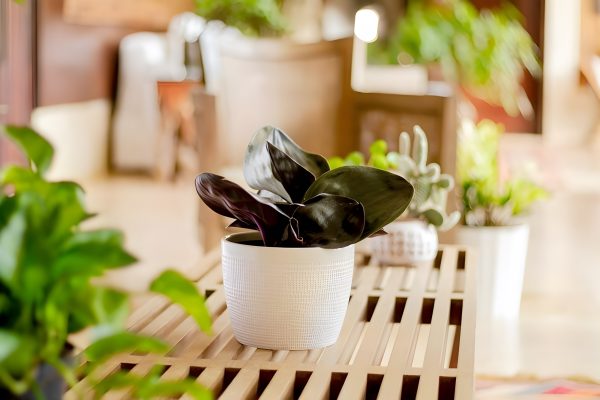Geogenanthus, often referred to as Jewel Plants, captivates with its unique foliage and charming appearance. This comprehensive care guide is your compass to nurturing the distinctive beauty of Geogenanthus, transforming your living space into a haven of rare and intriguing botanical gems.
I. Plant Overview:
- Scientific Name: Geogenanthus spp.
- Common Names: Jewel Plant, Geogenanthus
- Origin: Native to South America, primarily found in Ecuador.
II. Light Requirements:
- Ideal Conditions: Filtered or dappled sunlight. Geogenanthus thrives in bright, indirect light.
- Tolerance: Adaptable to lower light conditions, but growth may be slower.
III. Watering:
- Frequency: Keep the soil consistently moist. Water when the top inch feels slightly dry.
- Water Quality: Use room-temperature water. Ensure good drainage to prevent waterlogged conditions.
- Humidity: Geogenanthus prefers higher humidity levels. Regular misting or using a humidity tray is beneficial.
IV. Soil:
- Type: Well-draining potting mix. A mix for tropical plants or orchids with added perlite is suitable.
- pH Level: Slightly acidic to neutral (pH 6.0-7.0).
V. Temperature and Humidity:
- Temperature: Maintain a warm environment between 65-75°F (18-24°C). Avoid drafts and sudden temperature drops.
- Humidity: Geogenanthus appreciates higher humidity. Regular misting or placing a tray with water and pebbles nearby can help.
VI. Fertilization:
- Schedule: Feed every 4-6 weeks during the growing season (spring and summer).
- Fertilizer: Use a balanced liquid fertilizer, diluted to half strength. Reduce fertilization in the dormant season.
VII. Pruning and Maintenance:
- Pruning: Trim yellow or damaged leaves close to the base. Pinch back for a bushier appearance.
- Cleaning: Wipe leaves with a damp cloth to remove dust. Keep the plant tidy for optimal visual appeal.
VIII. Repotting:
- Frequency: Repot every 1-2 years or when the plant outgrows its container.
- Procedure: Gently lift the plant, inspect roots, and repot in fresh soil. Choose a container with drainage holes.
IX. Common Issues and Solutions:
- Yellowing Leaves: Overwatering or underwatering. Adjust watering habits accordingly.
- Pests: Check for aphids or spider mites. Treat with insecticidal soap or neem oil.
- Leaf Curling: Dry air or underwatering. Increase humidity and ensure consistent moisture.
X. Propagation:
- Method: Division or offsets.
- Timing: Spring or early summer.
- Process: Carefully divide the plant into sections with roots, ensuring each section has viable roots. Plant in fresh soil.
Nurturing Geogenanthus adds a touch of rare allure to your botanical collection. This guide empowers you to care for Jewel Plants, ensuring they thrive and become the crown jewels of your indoor oasis. Happy gardening!
our recommendation
you may also want to know



